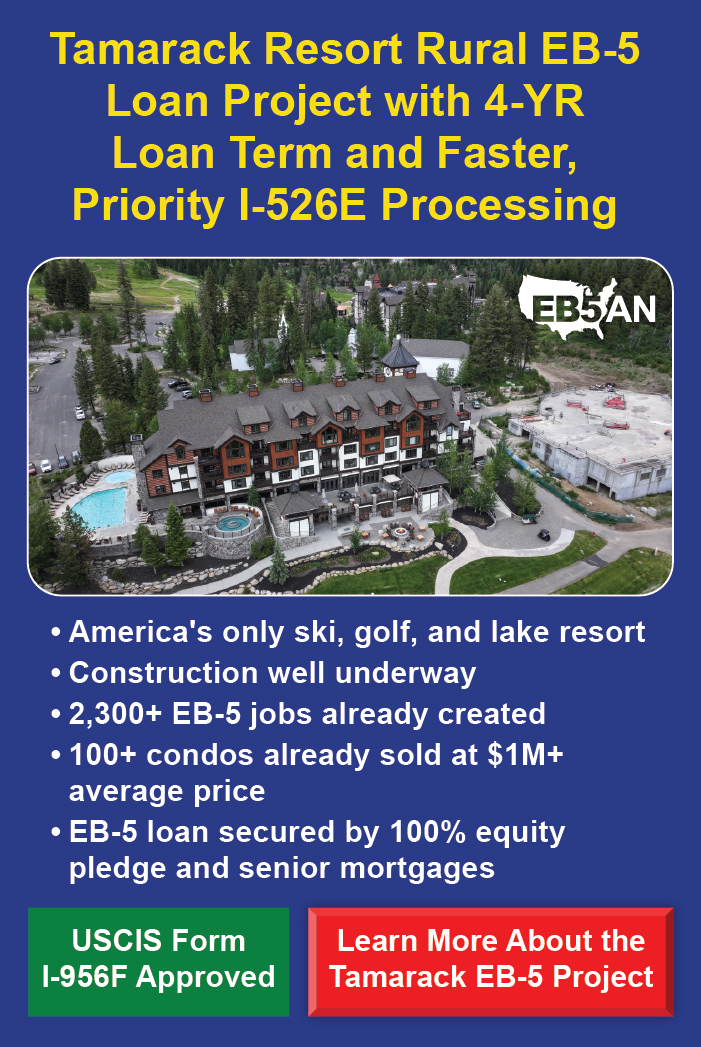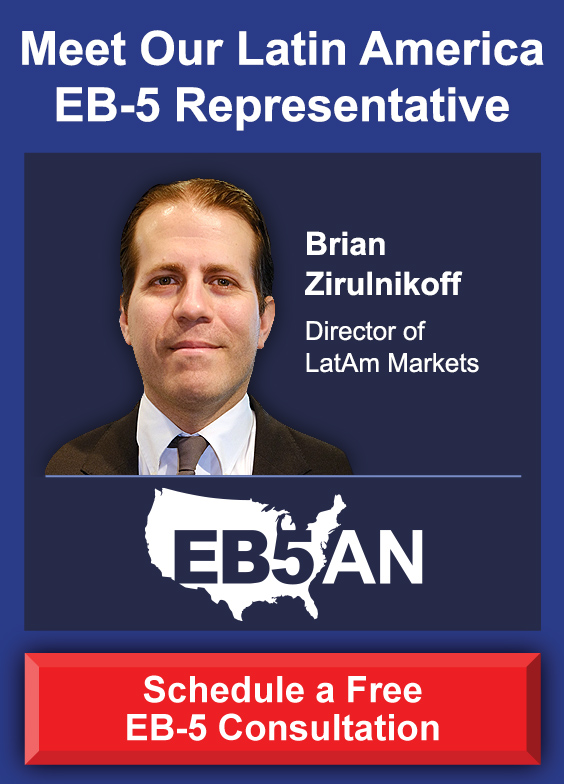The fundamental difference between direct and regional center investment models is that while regional centers are able to count indirect job creation toward the required number of fulltime jobs created per investor, direct investment results in only direct job creation. Aside from this, the two models are alike in that they require the same amount of investment capital, with both being able to take advantage of a lower amount in targeted employment areas, and in that investors for both experience the same average wait times for adjudication of their I-526 petitions, according to United States Citizenship and Immigration Services (USCIS) estimates.
The difference between indirect and direct job creation requirements does create some practical considerations for investors that may affect their decision whether to invest directly or through a regional center. First, below are some other points investors might take into account when making this decision:
- Regional centers must file an I-924 form to request formal designation from USCIS, so investors must receive confirmation of this status before working with a center. This is aside from filing the I-526 petition for conditional permanent residence and later the I-829 for removal of conditions, which investors in both models must do. A little under one third of the visas issued annually under the EB-5 Program are specifically reserved for regional center investors, though in practice these investors claim the majority of visas.
- Regional centers offer an established infrastructure through which to secure funding for large projects, distribute funds to the appropriate entities during project development, and properly administer and report on fund use. However, these services may result in significant administrative fees that investors could avoid through direct investment.
- USCIS and Congress may propose changes to minimum investment amounts and targeted area designations for the EB-5 Program, which would affect all investors. However, regional center investors are also affected by legislation specific to the regional center program. For example, the program has only been authorized through September 30, 2016, meaning it will face potential renewal or nonrenewal on that date. Direct investors are not affected by this possibility.
Direct and Indirect Job Creation Considerations
The most significant aspect that varies between the direct and regional center investment models concerns job creation requirements. Under the EB-5 Program, each investor is required to create ten fulltime jobs during the conditional residence period, and the full investment amount must be put toward job creation. While direct investors may only count jobs created directly by the investment, regional center investors can count indirect jobs, meaning jobs created by the investment activities of the new commercial enterprise.
The direct investment model requires that investors only count jobs verified by the payroll records of the new commercial enterprise. The jobs must be fulltime and permanent and must employ U.S. workers. Investors must play a direct management role in the enterprise, and the investment structure cannot allow for diversion of funds outside the enterprise, as the full EB-5 investment amount must go toward job creation. For these reasons, because the number of jobs directly created through one new commercial enterprise is generally low, projects are not often able to support multiple investors.
Conversely, the regional center model allows investors to count indirect job creation toward the total per investor. This is often achieved by establishing a new commercial enterprise to act as a lender of the investment funds. A job-creating entity borrows those funds and thereby indirectly creates the required number of jobs, which are calculated and verified based on the economic impact of the project rather than through payroll records. Because regional center projects can take advantage of multiple investment sources, they are generally larger and more able to create a number of jobs.
Below are three example scenarios which demonstrate the differences between these investment models and their job creation potential:
- Small businesses such as restaurants are better suited to direct investment because they require few investors and create few jobs, only enough to satisfy the requirements for those investors. The direct investment model allows those few investors to avoid the various administrative fees associated with a regional center investment.
- Real estate developments are among the most common regional center projects, as they require significant capital from multiple investors but are able to support this through high job creation via construction jobs, tenant jobs, and the economic impact of sourcing materials. Direct investors would be unable to count these indirect jobs in a real estate project and would thus be unlikely to meet the required total.
- Hotels and resorts are well suited to both investment models depending on the goals of investors. The regional center model allows investors to avoid a management role in the hotel itself, as the new commercial enterprise serves merely to raise capital for the hotel as the job-creating entity, and any jobs created are indirect. These jobs would include construction and operations as well as the supply of materials, and thus a hotel developed through a regional center could support a number of investors. Direct investment in a hotel would allow the investor to take on a management role, but only jobs created by the operation of the hotel itself, as verified by payroll documents, would count toward the total.
Investors must carefully consider several factors when deciding between the direct and regional center investment models, mainly concerning the role the investor wishes to take in the new commercial enterprise. While regional centers are able to count indirect jobs toward the investment total and thus are able to facilitate larger projects, investors generally play a passive role in managing the new commercial enterprise, the only role of which is to serve as a lender for the job-creating entity. Direct investment projects do not benefit from the same level of funding and administrative support as regional center projects, but investors are able to take on an active management role. Each model has its own benefits and drawbacks, and investors must thoroughly explore their options before committing to one or the other.
Special thanks to LUCID EB-5 Blog.










